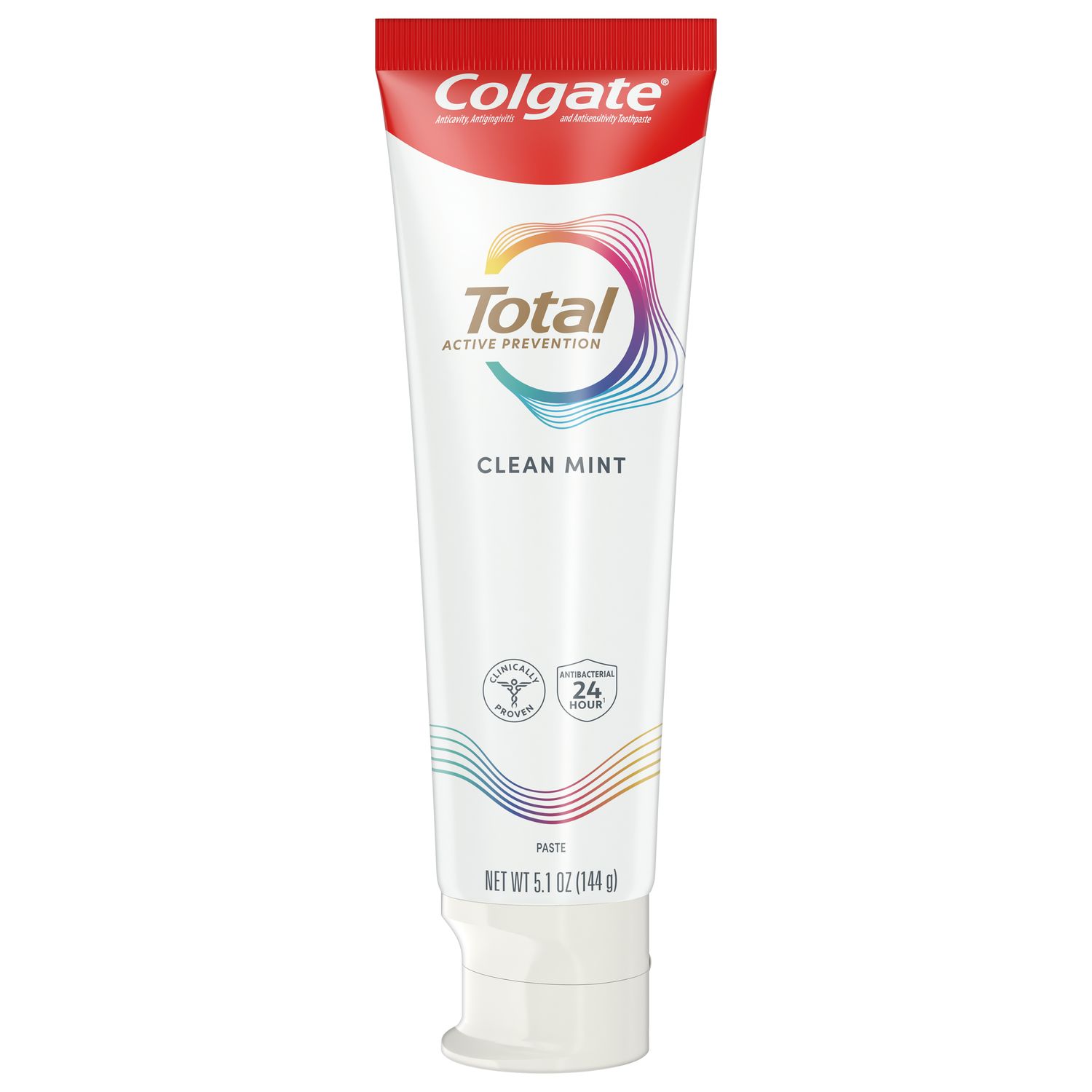
3D printing technology is already a common fixture in design, engineering and other industries. As you transition from dental education to independent practice, you’ll see 3D printing playing an increasingly important role in dentistry, too. Here, we discuss how dental students can expect to use 3D printing, and the advantages and limitations of this exciting technology.
What is 3D printing and how does it work?
3D printing is a form of manufacturing in which objects are created by adding materials (e.g., light curable resins, alloys, etc.) one thin layer at a time. It’s known as “additive” manufacturing, as opposed to “subtractive” manufacturing techniques like milling, where the final product is “sculpted” from a single block of material (for example, crowns made using milling machines as part of CADCAM).
To 3D-print an object, you must first virtually design it using a computer-aided design (CAD). In dentistry, you might design the object from scratch, or use data from computed tomography (CT), cone beam computed tomography (CBCT), or optical surface scans. The program then converts your design into layers, which are laid down one at a time to build the object.
Applications of 3D printing in dentistry
Here are just some of the ways you might encounter 3D printing in your dental career.
Medical modelling of anatomy
As a dental student, you may have already encountered 3D printing in the form of anatomical teaching models. These are widely used to help students learn anatomy and practice clinical techniques in a realistic but safe manner. You may continue to make use of such models as a practicing dentist. Using CT and other data, you can create 3D models of individual patients to visualize complex anatomy, plan treatments, and practice clinical approaches.
Surgical guides
In procedures like implant placement and maxillofacial surgery, precision is of the utmost importance. You can achieve this with CAD and 3D printing by creating high-precision drilling and cutting guides that can be transferred directly over the operative site.
Orthodontic appliances
In orthodontics, 3D-printed aligners have become a popular alternative to traditional metal braces. Custom-printed from intraoral scans of the patient’s dental arches, a series of removable aligners discreetly apply pressure to move the teeth. The entire treatment can be mapped out virtually, with the aligners sequentially replaced as treatment progresses.
Dental prostheses
Increasingly, dentists are taking virtual impressions of the oral cavity using intraoral or extraoral scanners. Data from these scans is then fed into CAD software to create a custom prosthesis. This has been performed using a milling device and a block of material, however 3D printing is another option and can also be performed in the clinic (or a laboratory). Among the applications, 3D printing may be used for:
- Dentures
- Implant abutments
- Crown or bridge copings
- Bridge structures
Maxillofacial prostheses
Patients undergoing maxillofacial surgeries often need prostheses as part of their rehabilitation. Scanning and 3D printing technology has greatly improved the accuracy of prostheses, providing more effective and more comfortable outcomes for the patient.
Tissue augmentation
3D printing can be used to help augment both hard and soft tissue.
Scaffolding can be printed using stem cell-infused biopolymers and locally placed to encourage the regeneration of periodontal tissue. This is helpful when, for example, the patient does not have sufficient alveolar bone to support an implant.
3D printing can also be used to create soft tissue grafts for root coverage, keratinized tissue augmentation, and the coverage and healing of large soft tissue defects.
Advantages and limitations of 3D printing
Compared to subtractive manufacturing processes like milling, 3D printing is faster than a milling unit and can be bought for a fraction of the cost. It also reduces the time and expense associated with outsourcing production to a laboratory; there are, of course, costs associated with purchasing the 3D printer and ongoing materials costs. With 3D printing, you can print on demand, as and when your patients need it.
Milling is more versatile in terms of the materials you can use. However, because products are milled from a block, much of that material is discarded as waste. Cost aside, as sustainability becomes more of a priority in dentistry, this may not sit well with you!
3D printing is considered to be more accurate than milling, especially when it comes to complex, high-definition structures. However, milling blocks are made under optimized conditions, and so the resulting structure is more reliably homogenous. That potentially means a stronger product with better optical properties, lower porosity, and greater bacterial resistance.
3D printing technology continues to advance at lightning speed. By the time you progress into and in independent practice, we can expect to see further development and refinement of printing processes, materials and applications in dentistry. If you’re interested in learning more about this exciting technology, you might find the following articles of interest:
Join us
Get resources, products and helpful information to give your patients a healthier future.
Join us
Get resources, products and helpful information to give your patients a healthier future.













